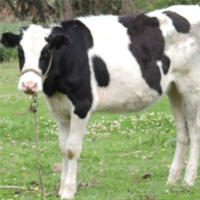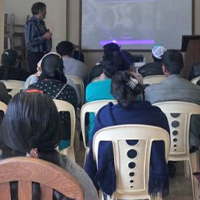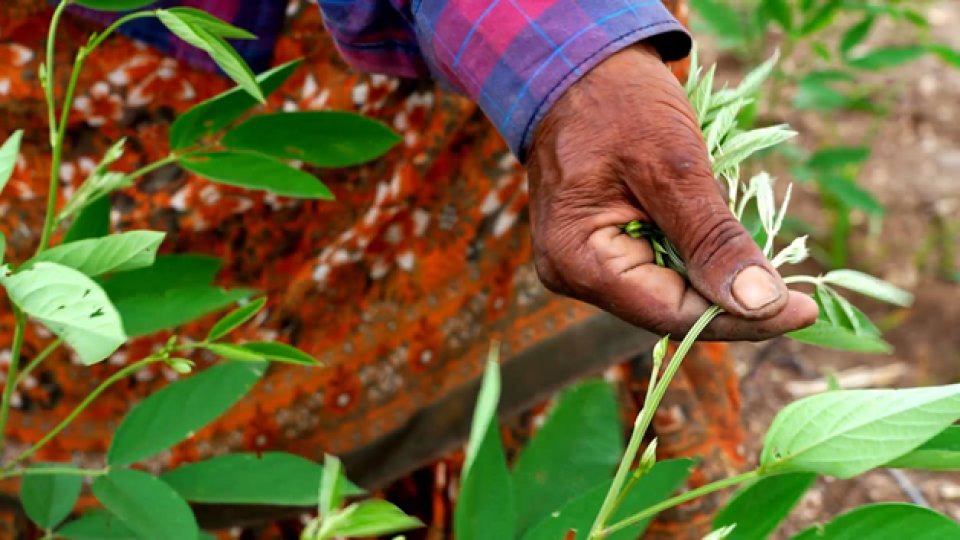

Humanity may be on the verge of a scary new world where antibiotics no longer work. An infected wound, for example from a scratch on a rusty nail, could be potentially fatal. Surgery would become much riskier. Common diseases such as tuberculosis would once more threaten the lives of millions.
The problem is that some disease-causing bacteria are resistant to antibiotics. The more antibiotics are used, the sooner these resistant bacteria are selected and the quicker they multiply. Over-prescription and the indiscriminate use of antibiotics are the main causes of the current crisis, both in people and in animals.
Research to develop new antibiotics is an expensive business and drug companies no longer find it profitable. However, there are immediate recommendations to follow:
- Don’t use or prescribe antibiotics for people or livestock unless they are really needed.
- Don’t give antibiotics to livestock unless they have a bacterial disease. And never put antibiotics in animal feed on a routine basis (a common practice to promote rapid growth of the young animals).
- Wait five to seven days after giving antibiotics to dairy cows before using her milk, to ensure there are no more drugs in the milk.
So, recently when I was invited to visit a dairy cooperative near Cochabamba, I happily went to show them a video about how to keep milk free of antibiotics. A friendly extensionist, who worked for the co-op, showed me to their meeting hall.
The video was filmed in Nigeria, which the farmers didn’t mind, but when I said it was in English there was an audible groan of dismay from the audience. I solved that by translating the video out loud into Spanish.
The questions from an audience tell you a lot about how they perceived a talk or a video. And in this case, they were fully on topic. One young man, who works with his parents’ dairy herd, asked if mastitis (an udder infection caused by bacteria) could be cured with herbal remedies. He had understood the message about avoiding antibiotics, but the video had not explicitly mentioned mastitis, the most common disease of dairy cows and routinely treated with antibiotics.
The friendly extensionist said that the video was important, because the farmers were reluctant to discard any milk. When the dairy rejected their milk, farmers often made it into fresh cheese and sell it locally.
The Bolivian farmers liked this Nigerian dairy video. The circumstances are a bit different in Bolivia, for example farmers bring their own milk to the dairy, while the Fulani herders in the video send the milk with young men on motorbikes. But the basic recommendations to limit the development of antibiotic resistance are similar all over the world. Videos can be an important way to educate the public about the dangers of misusing antibiotics.
Related Access Agriculture videos
- Keeping milk free from antibiotics
- Pure milk is good milk
- Taking milk to the collection centre
- Keeping milk clean and fresh
- Hand milking of dairy cows
- Herbal medicines against mastitis
- Calcium deficiency in dairy cows
- Making balanced feed for dairy cows
- Using good micro-organisms in cattle farming
Access Agriculture dedicates this blog to the World Milk Day, 1 June 2022.


